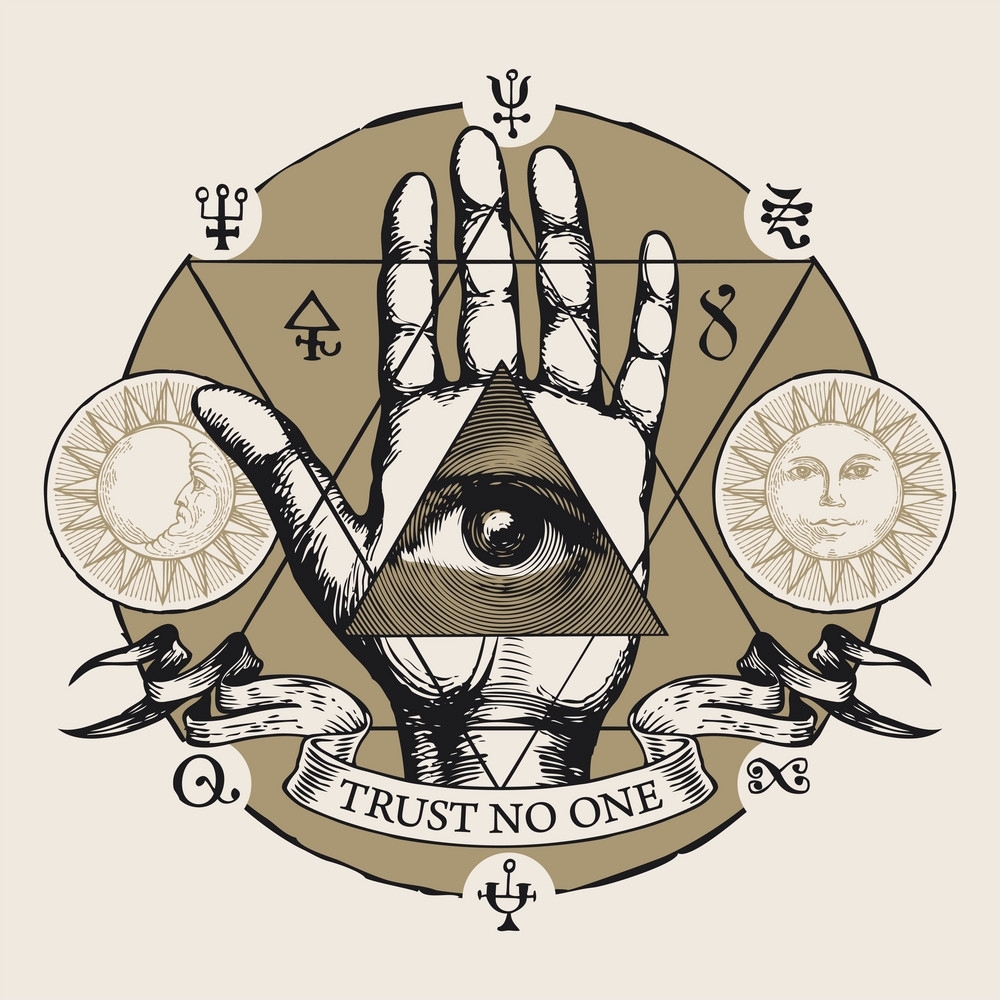This article on satanservice.org entitled Field Guide to Satanism has a list of public Satanists, former and current.
Satanians, or Satanists, as we are more commonly called in the field, have a particular relationship to the being, aggregate, principle, concept, or symbol known as ‘Satan’ which is positive in its character. Whether we established this through societal or personal developments, those who engage a Satanism embrace a sincere Satanic relationship, no matter its duration.
In fact, duration and timing of engagement is, in many ways, a correlate to how a person’s Satanism develops: since it is contextually-driven, within a Christian culture, teens struggling to get out of their parents’ indoctrination are probably the most visible and common as part of the phenomena, and yet once they’ve succeeded in such an escape, their interest in Satanity may easily wane and disappear. After such a time or departure, with duration Satanians maintain their interest and their level of its embrace will become far more evident as time wears on and their Satanism ripens.
For this reason, the factors involved in any particular Satanist’s maturation that serve to establish the character of their path are several, and not always visible unless they are particularly divulgent as to their personal life: their Date of Birth, Satanism Type, Date of Proclamation or Initiation, Affiliations, and Religious Background may all have a bearing.
Primary principles common to Satanians include the value of indulgence, egotism, self-determination, and individualism in general. Strong personality features are not uncommon, and those who establish groups or operate on their own as part of a public outreach are often strong personalities with a flair for the dramatic. Some may be manipulative or reactionary in a way that explains their choices within a Christian context and how they are attempting to deal with impinging moral intrusions.
The history of Satanity as a religious movement of any size starts with the Church of Satan in the late 1960s, though Christian folklore and rumor-panics, witch-hunts, and the like have repeatedly fomented affiliation to the counter- cultural impetus through the course of centuries (what we call ‘de facto Satanists’ exhibited the character of Satanity prior to it becoming a social and religious movement).
As a recriminating moral assessment of someone’s affairs (that they were ‘evil’, ‘in league with the Devil’, ‘had a pact with Satan’, etc.), this folklore featuring subversive ‘satanist’ members was both a ward scaring off penitent religious and a focal interest to those struggling with them. Its most extreme features, however, alarming and aggressive in character (particularly involving infanticide, human sacrifice, cannibalism, and many other horrors) only rarely became more than tales being told to frighten and condemn. At points, societal fear intensified and led to the proverbial ‘witch hunt’, where evidence of the crimes of heretics was sought via heinous means such as torture for the purpose of identifying the subversive element and purging them from society in the most efficient manner allowable by the law at the time. Two memorable instances of such phenomena were what is called ‘the European Witch Craze’ (1480-1700) and, more recently, the ‘Satanic Panic’ – (1980s-1990s).
With the development of overt Satanian religion in the mid- to late-twentieth century, self-identification with Satanity became an option with meaning as part of a struggle with the greater Christian culture of the Americas and their European predecessors. This expanded as its establishment was sustained through the period of the Satanic Panic in rough proportion to those elements unsatisfied with the religion of their upbringing or enculturation.
The individuals listed here are known publically as Satanists, were so at one time in their lives, or have a strong affiliation so as to merit ‘honourable mention’. They range from serial killers (such as Richard Ramirez) or murderers (such as Susan Atkins, Sean Sellers, or Manuela Ruda), to media-twisting cultists (like Boyd Rice), and those who established well-known groups (such as Anton LaVey, Michael Aquino, or Isaac Bonewits), to celebrities (e.g. honourable mentions as friends of Satanists in the cases of both Marilyn Manson and Sammy Davis, Jr.).

